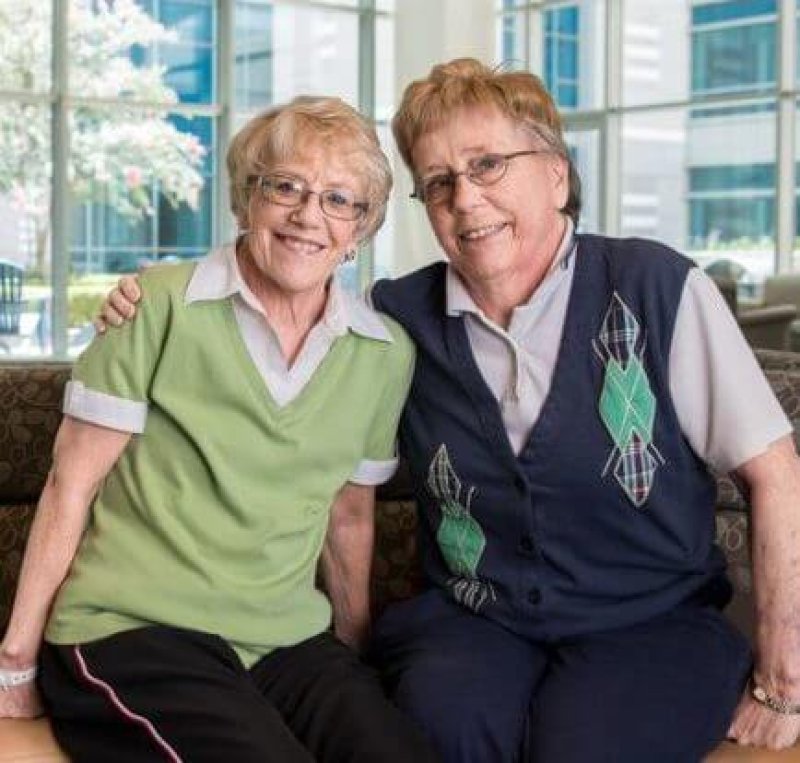Marian Fields had an aggressive and very rare form of skin cancer, which left her with large, open wounds around her backbone following multiple operations and radiation treatments. She was beginning to lose all hope of recovery after plastic surgeons in the US refused to take on her case because of the size of the wound. But her identical twin sister Mary Jane provided the solution.
…
Dr Jesse Selber, a plastic surgeon from the MD Anderson Cancer Centre at the University of Texas, who had previously performed the first skull-scalp transplant, said the surgery was “incredibly challenging and complex”.
His team of five plastic surgeons removed skin, tissue and blood vessels from Mary Jane’s abdomen and transplanted it to Marian’s back, connecting eight different arteries and veins under a microscope during surgery.
The hole in Marian’s back was 21.5in by 8.5in (55cm x 22 cm), making it one of the largest tissue transplantations on record.
…
The surgery took 14 hours and involved “extensive resection through skin, muscle and bone,” followed by “hours of meticulous microvascular work.” This involved re-connecting countless veins and arteries. The surgery was meticulously planned beforehand – and it paid off, according to Dr Selber. “It went quite beautifully,” he said.
The GLP aggregated and excerpted this blog/article to reflect the diversity of news, opinion, and analysis. Read full, original post: Twin to twin skin transplant hailed as a success































